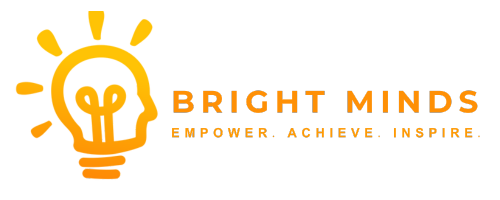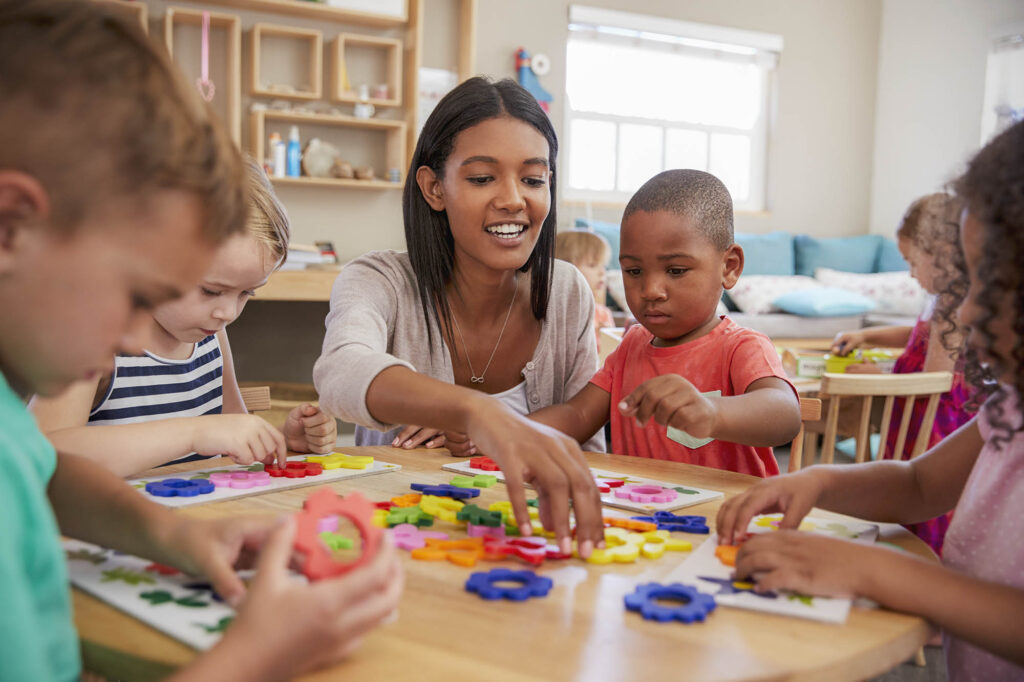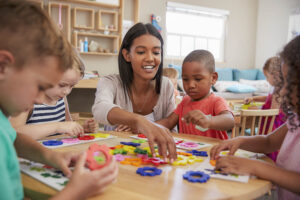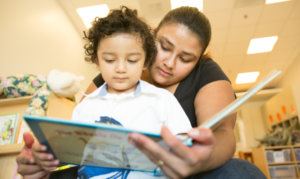What Is the Reggio Emilia
Play-Based Approach?
With more parents looking for alternatives to traditional education for their children, play-based learning approaches are growing in popularity.
The Montessori method and Waldorf education are the most well-known play-based approaches, but have you heard of the Reggio Emilia approach?
The Reggio Emilia approach is an educational philosophy developed by Italian psychologist and teacher Loris Malaguzzi. It originated in the town of Reggio Emilia in post-World War II Italy, where a group of women built a school from war rubble.
Through his observations of children both in the Reggio schools and his own classes, Malaguzzi created an approach that prioritizes the child, encourages creativity, and also focuses on independence and community.
The core principles of the Reggio approach make it different from traditional schools and even other play-based approaches.
1) Strong Focus on the Child
In a Reggio school, children are in charge of their learning journey. Instead of teachers telling children what to think and learn each day like in traditional schools, students get to decide what they want to learn.
Children are free to explore the different centers within the learning space while their teacher observes them and makes note of their interests. Teachers will make adjustments to the centers based on what the students enjoy and what developmental milestones the students should be focusing on depending on their age and abilities.
2) Play-Based Learning
Play is an integral part of the Reggio approach. Through play, children can develop their physical abilities as well as their social, language, and fine motor skills while having fun.
3) Encouraging Independence
From preschool onward, Reggio students are encouraged to be independent and help themselves. Younger kids learn how to feed themselves and wash their hands while older kids learn how to find answers to burning questions through books and experimentation. When kids do things for themselves, it improves their confidence and cognitive development.
4) No Worksheets or Homework
Reggio schools do not have homework, worksheets, tests, or quizzes. Instead, students learn through exploring different materials at the various centers at school.
Children are assessed based on their abilities at the beginning of the school year and their progress throughout. Teachers keep documentation of a student’s interests and abilities.
5) The Importance of Creative Learning
Spaces
Reggio schools feature open, naturally lit learning spaces with various centers to stimulate creativity. Furniture is tailored to children’s size, and wall decorations are placed at eye level for the students. The spaces showcase children’s art crafted from natural and recycled materials, as well as large posters documenting their past projects.
Each Reggio space includes an art atelier, a studio equipped with art materials, and a light atelier for light and shadow experimentation using a light table and projector.
6) Use of Natural Materials
Natural materials have a calming and grounding effect on children and increase their creativity and imagination. Toys, furniture, and art supplies in Reggio schools are predominantly made from natural materials. Additionally, students actively engage with recycled materials, using them to create art or as part of their activities at the learning centers.
7) Teachers Are Guides
Teachers do not follow a curriculum and instead take cues from their students as to what types of centers to set up in the learning space. Reggio teachers will change the centers based on the student’s interests and abilities.
Reggio teachers are seen as guides and co-learners alongside the children. Children are learning from their environment and other students and teachers are learning from their students
Reggio teachers play alongside students and will also document what the student says and does throughout the week to share with their parents.
8) Strong Parental Involvement
Parents play an integral role in a student’s learning journey. Teachers are in close communication with a student’s parents to share what the child shows interest in and what they might be struggling with.
Communication with parents is key to tracking the development of each student and helps teachers better customize the centers and activities.
9) Focus on the Arts
The Reggio Emilia approach puts a strong emphasis on the arts because it recognizes the crucial role of creativity and imagination in a child’s development and learning. The centers and activities at a Reggio school tend to either be related to creating art or exercising creativity in some way.
***
Kids who attend a Reggio school tend to be very imaginative, confident, self-reliant, empathetic, social, and happy because they feel listened to and supported both at school and at home.
Even if you cannot enroll your child in a Reggio Emilia school, you can apply some of these principles at home and find schools in your area that also value play and creativity.





